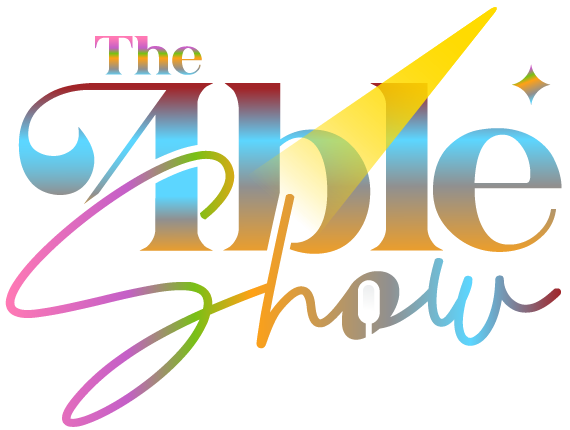I for one will be very honest about how easily I was influenced by cartoons and other tv shows during my childhood. Not just by encouraging me to seek my current career path, but also the type of clothes I wear and small aspects of my personality. We sometimes overlook small details such as these, but as media like books, shows and movies become part of our lives it truly makes a huge impact and shapes the way we are. So let’s look a bit more into this phenomenon and see how much influence our shows had on us.
Social science research shows that the quality of shows can influence us in important ways, shaping our thinking and political preferences, even affecting our cognitive ability. High-quality programming for children can be entertaining as well as educational. However evidence also suggests there can be negative consequences to our abundant watching, particularly when the shows are mostly entertainment. In the Sesame Street’ as a social experiment, knowing that Cognitive ability is a complex characteristic that emerges from interactions between biological dispositions, nutrition and health, parenting behaviors, formal and informal educational opportunities, and culture. Studying the connection between intelligence and television consumption is far from straightforward, but researchers have developed compelling ways to isolate the effects of television.
One way in which film and television often generalize people with disabilities is using character archetypes. Although most archetypes are not inherently bad, rather they become a problem when they are focused around a specific group of people. As a result, this creates/reaffirms the assumptions that people make about others. A negative example of this is (The helpless victim), A character who is severely limited by their disability and is depicted as having little chance of happiness or normalcy in life unless their disability is removed. This character is depicted as needing to be “saved” from their condition and is designed to evoke pity and sympathy from the audience rather than be viewed as a regular person.
Many people develop their understanding of different disabilities through the representations they see in film and television which impacts the way people are viewed by their local communities and their capacity for empathy. therefore, their ability to access their human rights. How Do We Identify Good Representation? One aspect of good disability representation is that a character’s purpose is not solely based on their disability. If the character were replaced with a non-disabled character, without changing any other aspects of the story, would they have a story, goals, relationships, and interests? In a good piece of representation, the answer would be yes. While a disability might be a significant part of a person, it is not the only characteristic that shapes their experiences.
References:
Rothwell, Jonathan. “You Are What You Watch? The Social Effects of TV (Published 2019).” The New York Times, 25 July 2019, https://www.nytimes.com/2019/07/25/upshot/social-effects-television.html#. Accessed 22 December 2023.
Reid, Lindsey. Misleading Media: Disabilities in Film and Television – UAB Institute for Human Rights Blog, 27 November 2019, https://sites.uab.edu/humanrights/2019/11/27/misleading-media-disabilities-in-film-and-television/. Accessed 9 January 2024.
